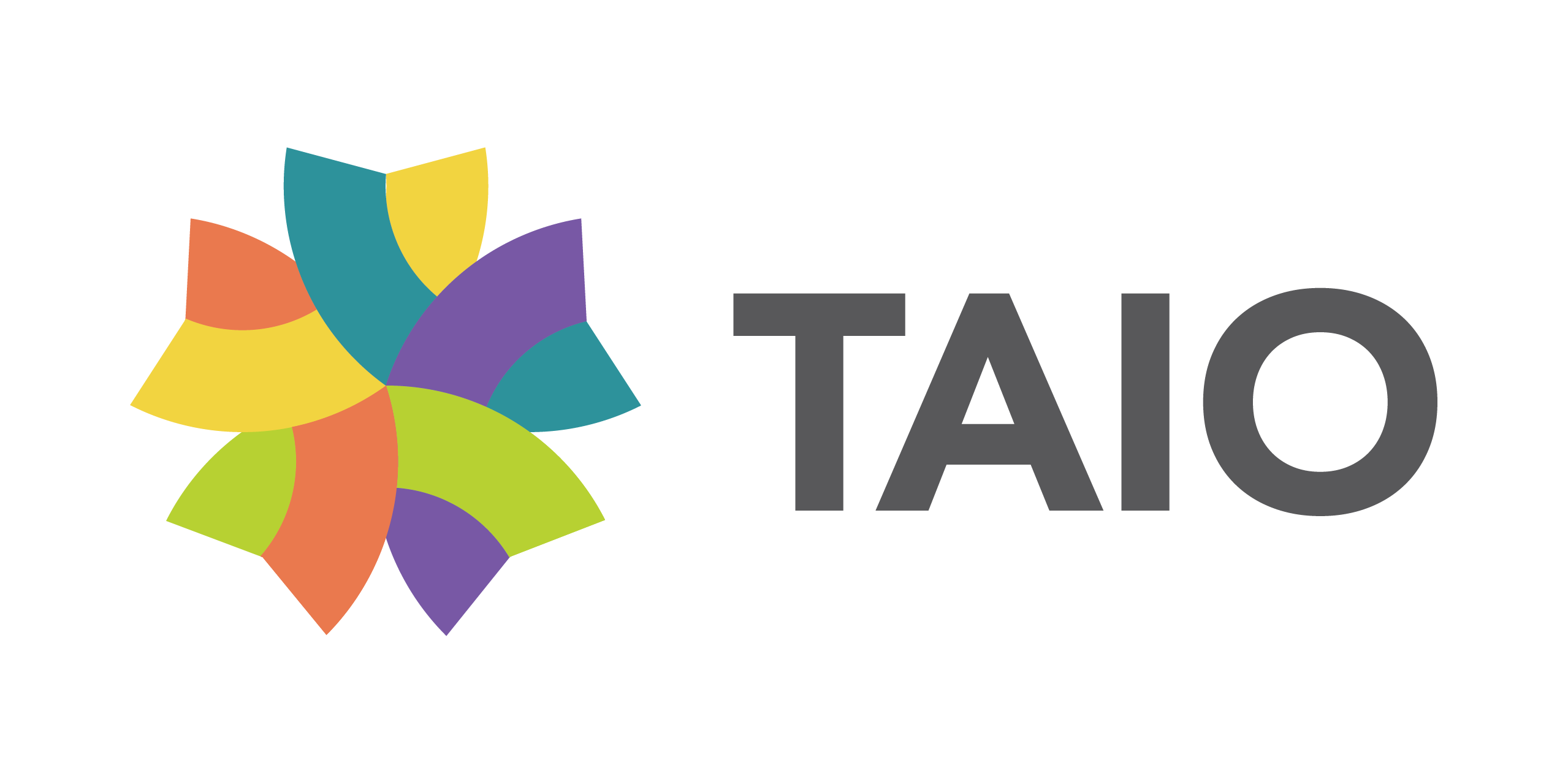As a business owner, you have the privilege of freedom and independence.
You set directions, lead projects and make high-impact decisions.
But that’s not everything.
In reality, your time is mostly spent on overflowing emails, back-office tasks and interruptions that pull you away from meaningful work.
Maybe doing all the work isn’t the way to go, but delegating is.
That’s where a virtual assistant can step in. Thoughtfully hired, they take over time-consuming tasks and give you back your time. Done wrong, you waste their talents, your resources and end up with more problems on your plate.
On this page
Key Takeaways
Virtual assistants help small businesses access a global talent pool to handle tasks such as email, social media and project management.
There are many advantages to hiring a virtual assistant, but the potential downsides include communication challenges, hidden costs and conflicts with company culture.
The best results come from choosing the right virtual assistant who matches your specific needs, provides the necessary skills and delivers long-term benefits without creating security concerns.
Pros and Cons of Hiring a Virtual Assistant
Virtual assistants amplify your focus and momentum.
They free business owners from administrative support, data entry and appointment scheduling, allowing them to redirect their time on strategy, growth and meaningful work.
However, this doesn’t mean that they are your cure-all. Without clear expectations, training and systems, even the best virtual assistant can become a liability.
To use virtual assistance effectively, it is best to know itspros and cons up front.
Here’s a quick snapshot of what it looks like in real life.
Scenario |
Pros (Owner Benefits) |
Cons (If Things Go Wrong) |
|
Time-Intensive Scheduling |
Keeps your calendar flawless and your meetings prepared, leaving you time for high-impact initiatives. |
Poorly trained VA risks missed appointments and disrupted workflow |
|
Administrative Overload |
Provides skilled administrative support for data entry, email and social media management, freeing you up for creative tasks and strategic work. |
Relying on a single VA leads to missed deadlines and burnout. |
|
Peak Workload Management |
Keeps seasonal spikes under control, avoids bottlenecks and meets deadlines. |
Time zone differences or poor communication can slow project management. |
|
Specialized Skills Gap |
Provides specialized skills, like content creation and social media management, without hiring additional staff or investing in extra office space. |
Inadequate skills or oversight may harm clients and compromise sensitive information. |
Determine three to five tasks that take up most of your time.
This is where you can draw the line between what you can only do and what you can delegate.
Then hire an experienced virtual assistant who fits your company culture.
This way, you get high-quality work, seamless communication and smooth operations.
The Real Key Challenges in Virtual Assistance
The biggest risks in virtual assistance surface in five areas: weak setup, quality of work, time zone gaps, data security and cultural fit. Handle these well, and your VA becomes one of your most powerful assets. Ignore them, and they can quickly turn into liabilities.
The Weak Setup: When Structure Is Missing
No structure? No success.
Even the best virtual assistants can fail to deliver their best work if expectations, workflows or tools are not clearly delegated.
Misunderstandings weaken morale, damage trust and create delays that will cost you more in the long run.
Mistakes to avoid:
- Skipping onboarding
Even experienced virtual assistants won’t know your exact workflows. Without onboarding, SOPs or training, you set them up to fail.
Better move: Document your processes and walk them through with a check for understanding.
- Ignoring communication tests
Communication tools through Slack or Loom do not guarantee clarity. What matters is how quickly they respond, ask questions and solve problems. This is the foundation of effective virtual team management.
Better move: Run a paid trial project and watch how they handle feedback, deadlines and problem-solving.
- Expecting one VA to do everything
Your VA is not your designer, copywriter and operations manager rolled into one. Overloading them with outsourcing tasks they’re not trained for creates frustration, weakens morale and burns them out.
Better move: Hire specialists for specialized work and let your VA focus on the tasks they excel at.
Quality at Stake: When Output Falls Short
Good work is not guaranteed just because you hired a virtual assistant.
Business owners assume any VA can instantly deliver polished outputs. Hiring through the wrong medium or skipping a structured vetting process can result in poor-quality work, from weak emails and inaccurate data entry to missed details in administrative support. Instead of gaining efficiency from virtual assistant services, you can end up with delays and unnecessary rework.
What to do:
Always test before you trust.
Start with a real task that mirrors your daily workload, like client communication, scheduling or data entry. If they can deliver accurately and quickly, you’ve got someone worth keeping.
Time Trap: Time Zone Differences in Remote Work
Time zone differences can either make work moving while you sleep or be the leading cause of delay.
Remote work can be a blessing or a curse. Yes, having a virtual assistant working in another time zone enables task completion without you, but misaligned working hours and delayed responses can put off important tasks. Even simple questions can take hours or sometimes even a full day to resolve.
What you can do:
- Set two to three hours of aligned work time each day where you and your virtual assistant overlap. Use this window to tackle urgent jobs, discuss specialized tasks and clarify expectations.
- Hire a virtual assistant with diverse skills who can work independently, manage tasks remotely and use secure technology to handle sensitive information, pay and deadlines efficiently.
Data at Risk: Security Concerns with Virtual Assistants
Strong security practices let your virtual assistant handle specialized tasks safely.
This means using secure software and a computer for all tasks, consistently tracking progress to meet deadlines and outputs and protecting all confidential information, from client data to payment details, so you can delegate effectively without compromising security.
Recommended tools and software:
- Password management: LastPass, 1Password, Bitwarden
Control credentials without sharing directly
- Task tracking: Trello, Asana, ClickUp
Regularly track who does what and when
- Secure file storage: Google Drive, Dropbox Business, OneDrive
Protect confidential information and pay records.
- Collaboration & communication: Slack, Microsoft Teams, Loom
Secure and efficient remote communication
Culture Clash: When Global Talent Doesn’t Fit Company Culture
Global talent adds diverse skills and fresh ideas, but cultural misalignment can cause friction.
Different cultures in remote work also mean different communication, expectations and task approaches. A virtual assistant unfamiliar with your company’s culture may misinterpret priorities, workflow or preferred methods, which can slow jobs, create misunderstandings and affect overall team productivity.
What you can do:
Understanding cultural norms is fundamental when working with global virtual assistants. Small differences, like preferred communication style, approach to deadlines or how feedback is received, can greatly impact workflow and morale. During onboarding, take time to explain your expectations and invite questions.
You can also do check-ins twice a month to align perspectives, prevent conflict and build a strong relationship.
The Fix: Smarter Virtual Assistance That Outsmarts the Risks
When you define roles clearly, delegate thoughtfully and use smart systems, virtual assistants handle jobs efficiently. They take over time-consuming tasks and give you back hours while saving money.
With the right technology and ways to track work, even complex tasks flow smoothly, confidential information stays secure and client communication remains strong.
Working with virtual assistants reduces reliance on full-time employees, protects your work-life balance and keeps your operations running smoothly, turning potential risks into business breakthroughs.
Frequently Asked Questions
Building an effective team starts with clear expectations and defined roles. Use task management tools to track assignments, provide structured feedback and set priorities. Regular check-ins help you manage workflow, focus on high-value work and ensure all team members are aligned, even if they typically work remotely instead of in a traditional office space.
Virtual assistants provide a wide range of services, from administrative support and project management to social media management, email management and customer communication. Businesses in various industries can access specialized skills to handle multiple tasks without hiring full-time staff, saving money while maintaining high-quality outputs.
When you hire VAs strategically, you gain access to flexible support while protecting job security for your core staff. Structured delegation lets you focus on strategic decisions, reduce reliance on full-time employees and save money. Using tools to manage tasks and monitor progress ensures work is delivered reliably across multiple services.




